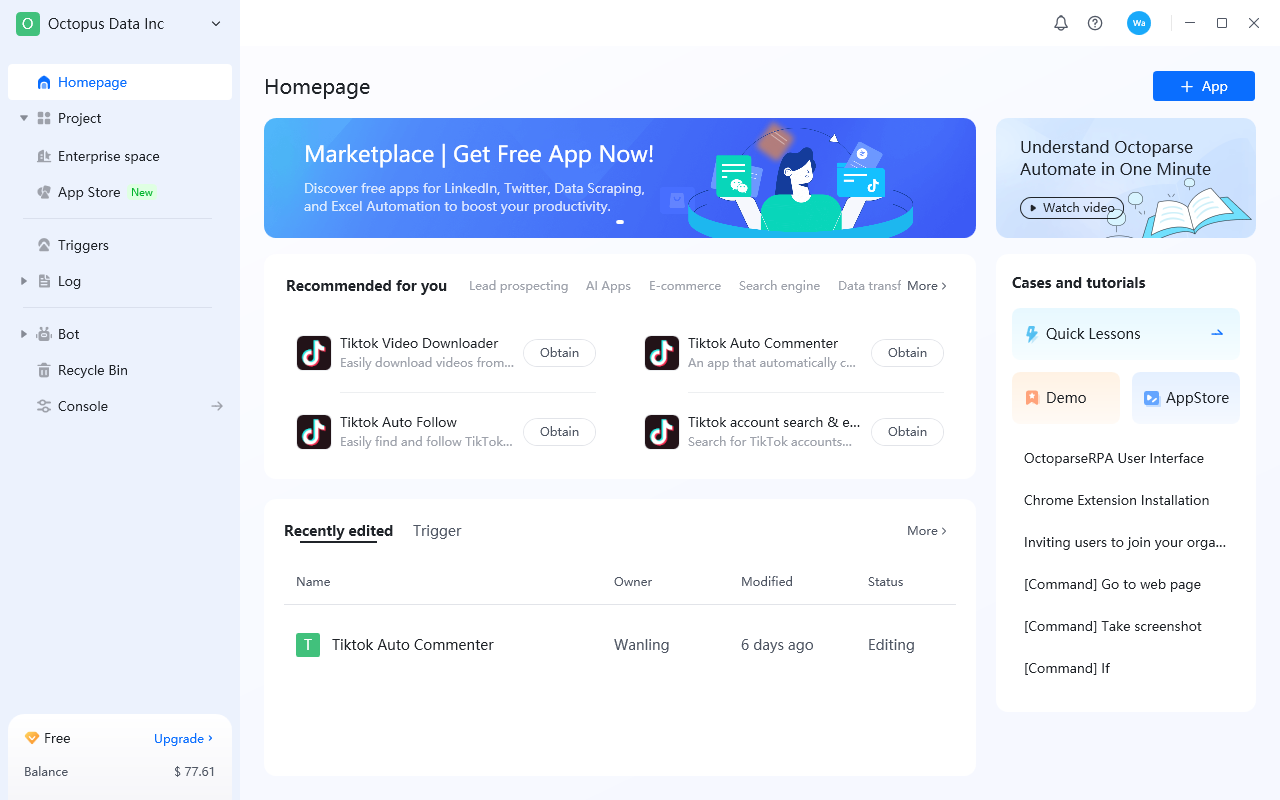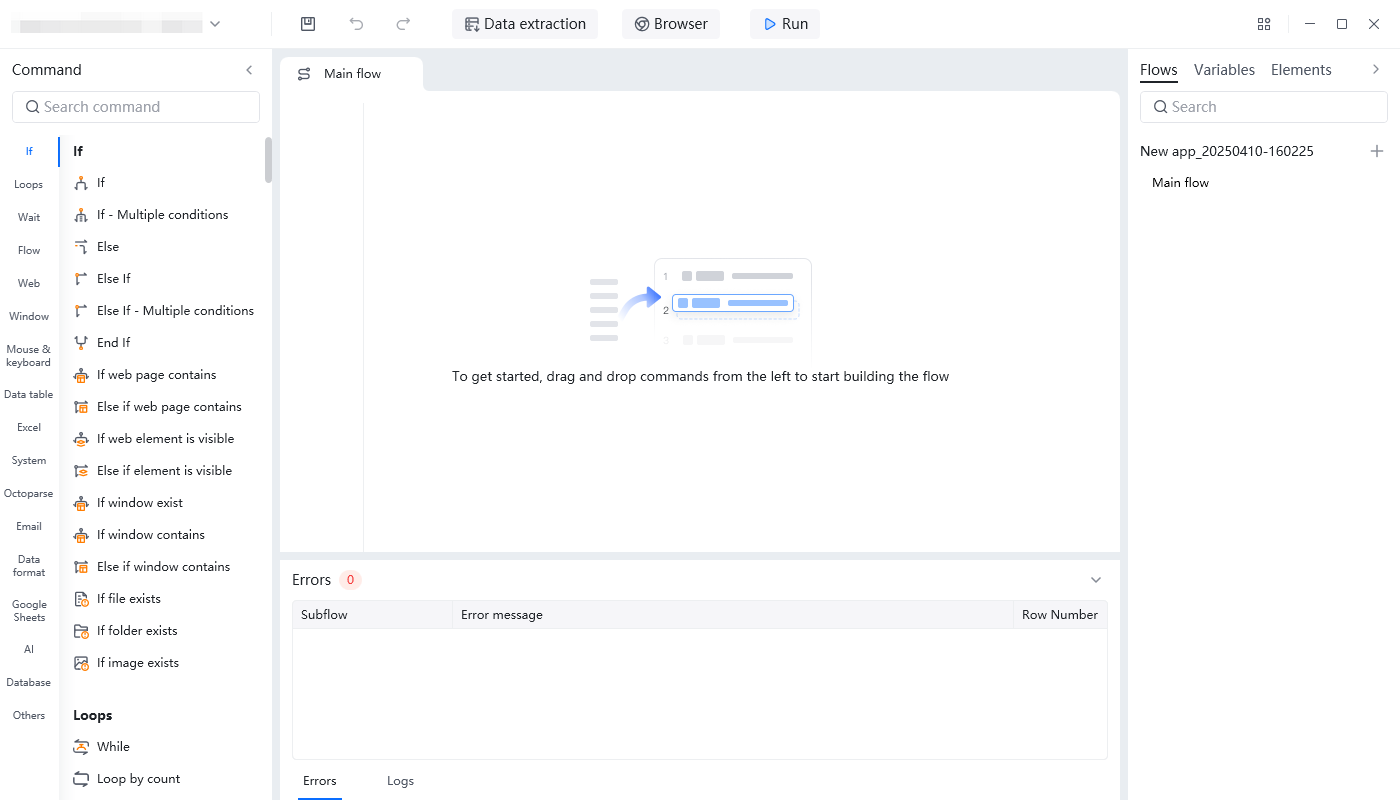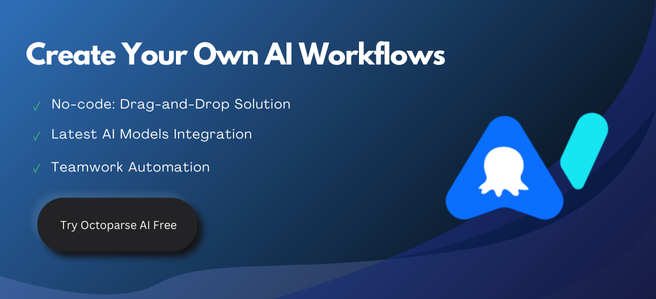Robotic Process Automation (RPA) Adoption is transforming how work gets done. It efficiently manages tedious tasks with speed and precision. Numerous industries are embracing RPA Adoption to save time and reduce costs. For instance, more than half of banks have now implemented RPA Adoption to enhance their operations. The healthcare sector is also projected to increase its RPA Adoption by 35% by 2025.
Tools like Octoparse AI facilitate RPA Adoption with intelligent solutions. By leveraging RPA Adoption, businesses can operate more swiftly, minimize errors, and explore innovative ideas.
Core Benefits of RPA Adoption
RPA helps businesses by automating boring, repeated tasks. It saves time, reduces mistakes, and makes work smoother. With RPA, teams can focus on creative and important tasks.
RPA makes work faster and more efficient. For example:
- A contractor fixed 20% project delays caused by manual work.
- A hospital cut patient wait times by 20% using better data tools.
- A drink company aimed to lower costs by 25% due to high expenses.
These examples show how RPA solves real problems in different industries. It speeds up work and keeps it accurate. Using RPA reduces human mistakes, which can be expensive.
Another big benefit is saving money. Automating tasks means less need for manual work, so resources are used better. RPA also makes customers happier. Faster work and fewer errors mean better service, improving client trust.
RPA helps businesses grow and stay competitive. It lets you try new ideas, adjust to changes, and stay ahead. Whether saving money, working faster, or pleasing customers, RPA is a smart choice.
Industry Applications of RPA Adoption
Finance: Making Transactions Faster and Following Rules
In finance, RPA changes how tasks are done. It handles repeated jobs like payroll and invoices. This makes work faster and smoother. For example, payments are processed quicker, helping cash flow. Mistakes are fewer because automation reduces human errors, keeping finances accurate.
RPA also helps with rules and regulations. It checks transactions for problems and creates reports automatically. This ensures companies follow strict financial laws. Benefits like better ROI and happier customers show RPA’s value. Faster and error-free work leads to satisfied clients and better results.
- Transaction Speed: How quickly payments and other tasks are completed
- Error Reduction Rates: Fewer mistakes after automation, showing better accuracy.
- Compliance Enhancement: How RPA helps follow the rules by automating checks and reports.
Healthcare: Helping Patients and Reducing Paperwork
RPA is changing healthcare by making tasks easier and faster. Hospitals use it to cut patient wait times by 60%, making people happier. Jobs like data entry, which took hours, now take seconds. For example, claims that took 85 seconds manually now take just 12 seconds with RPA.
It also helps doctors and nurses focus on patients. Up to 90% of clinical data entry is automated, saving time. With cost savings of 20-35%, RPA is a key tool for hospitals to work better and make patients happy.
- A hospital cut admin work time by 60%.
- RPA automates 90% of clinical data entry jobs.
- Healthcare RPA is expected to grow by 26% in 10 years.
Manufacturing: Improving Supply Chains and Product Quality
In factories, RPA improves supply chains and checks product quality. It updates stock levels instantly, avoiding shortages. RPA gathers machine data and creates reports for inspections. This speeds up finding defects and avoids mistakes.
RPA also predicts future problems and trends. It analyzes data to spot risks early. By automating these tasks, factories save money and work more efficiently. This ensures customers get high-quality products on time.
- Inventory Management: Keeps stock records updated and sends restocking alerts.
- Data Collection: Gathers machine data and turns it into useful reports.
- Quality Inspection: Finds defects quickly to stop bad products from shipping.
Retail: Improving Stock Management and Customer Happiness
Stores often deal with wrong stock records and unhappy customers. RPA fixes these problems by automating tasks, making work faster and better.
Keeping track of stock is very important for stores. Studies say 60% of stock records are wrong. These mistakes can cause lost sales. RPA updates stock records in real-time, fixing errors. This stops items from running out and increases sales by 4-8%.
RPA works with tools like OCR and AI. These tools help stores know when to reorder items. For example:
- RPA spots low-stock items and orders them automatically.
- It reduces mistakes, keeping shelves full of popular items.
RPA also makes shopping more personal. It looks at what customers like and do online. This helps stores give each shopper a special experience. Happy customers are more likely to buy again.
RPA makes shopping better by giving each customer a personal experience. This boosts happiness and increases sales.
RPA also speeds up tasks like handling returns and answering questions. Quick help and smooth service make shopping easier. Customers feel cared for, and stores earn their trust.
RPA changes how stores work by fixing stock issues and improving shopping. It helps stores meet customer needs and stay ahead in a busy market.
Frequently Recommended RPA Tool: Octoparse AI
Octoparse AI is perfect for e-commerce, marketing, and research teams looking to automate data collection without technical expertise, thanks to its no-code visual interface and AI-powered adaptability.

It offers a free plan with basic workflow, making it accessible for even the smallest businesses. Alternatively, you can opt for the starter plan at $29/month or the Team plan at $99/month (billed annually). Enterprise pricing is also available with custom solutions and dedicated support.
Key Strengths:
- Easily extracts data from complex websites
- Handles dynamic content & unstructured data
- User-friendly visual interface (no coding needed)
- AI automatically adjusts to website changes

Final Thoughts
RPA is changing industries by automating boring, repeated tasks. It helps make work faster, lowers mistakes, and improves rule-following. By replacing manual work, RPA helps businesses grow and meet market needs quickly.
To use RPA well, planning is very important. Fixing problems like system matching and growing bigger makes RPA work better. In healthcare, it makes billing more accurate and improves money flow. In finance, it cuts costs and helps follow rules better.
RPA sparks new ideas by saving time for creative thinking and big plans. Its ability to change with business needs makes it key for great work in the future.
